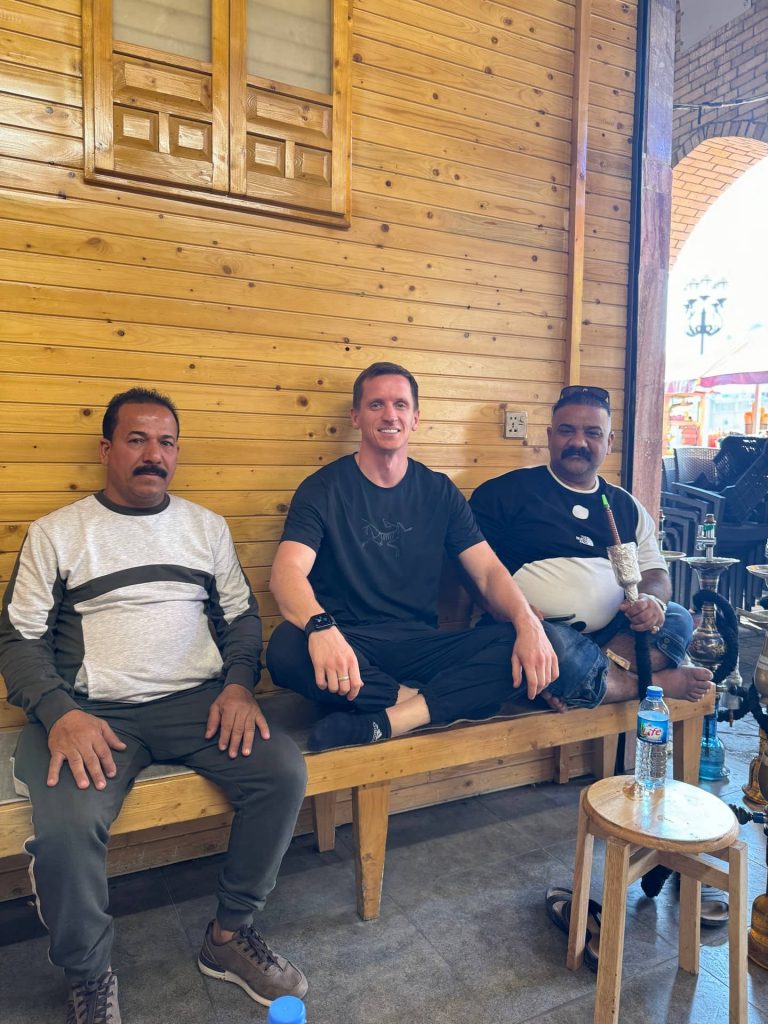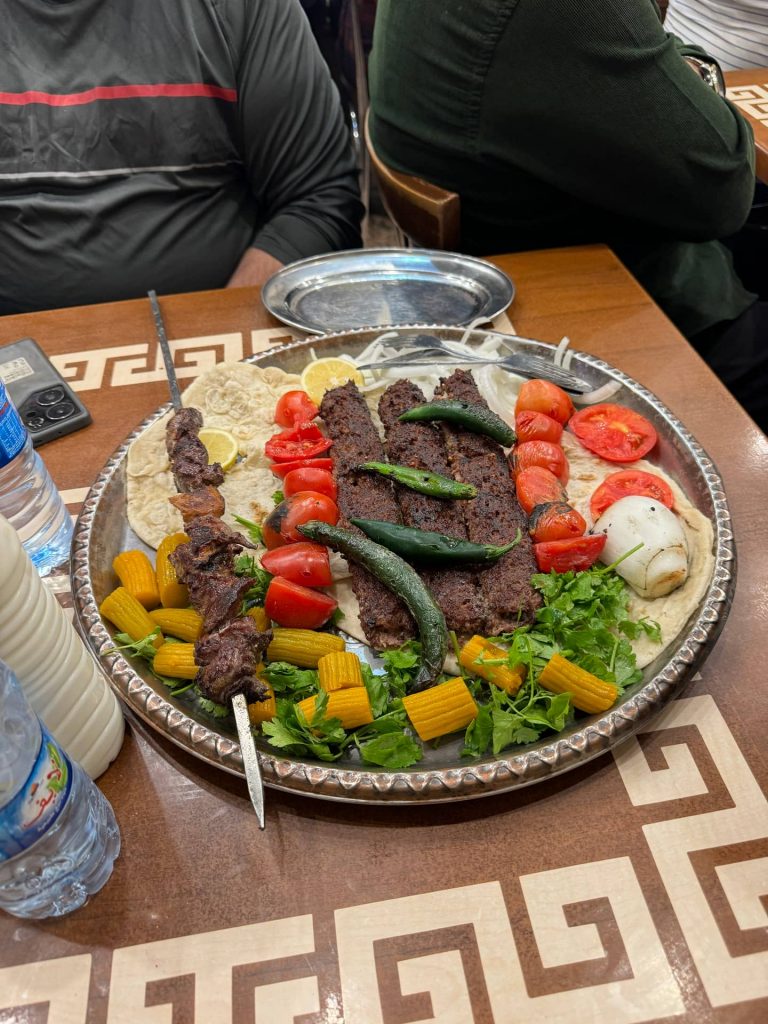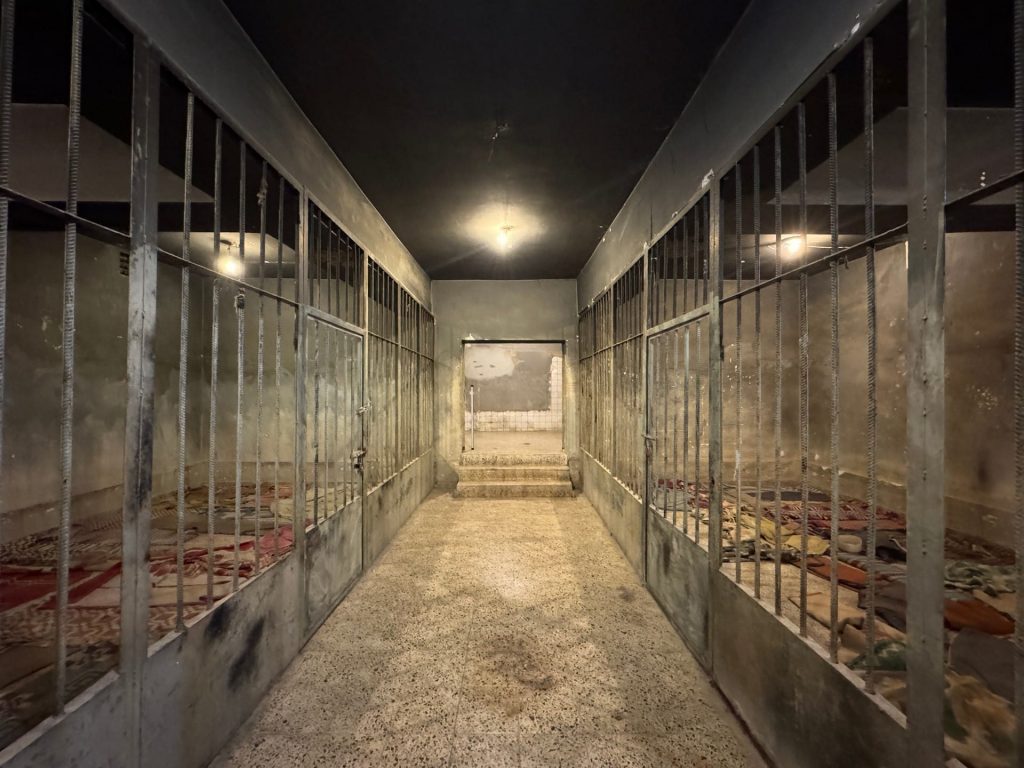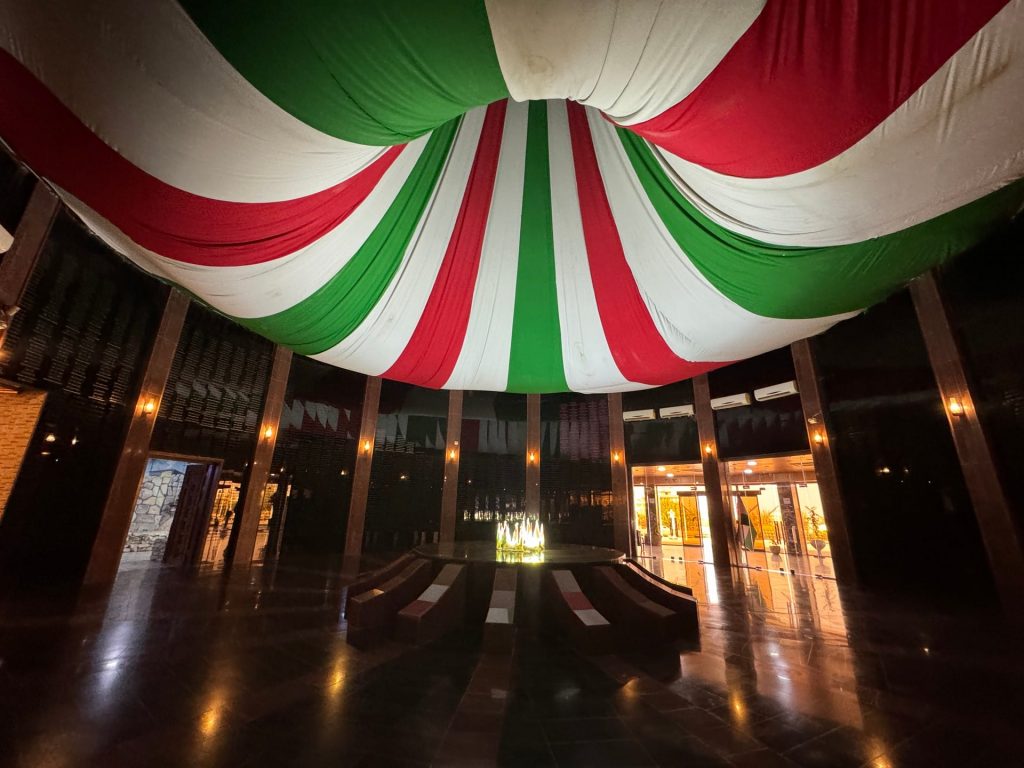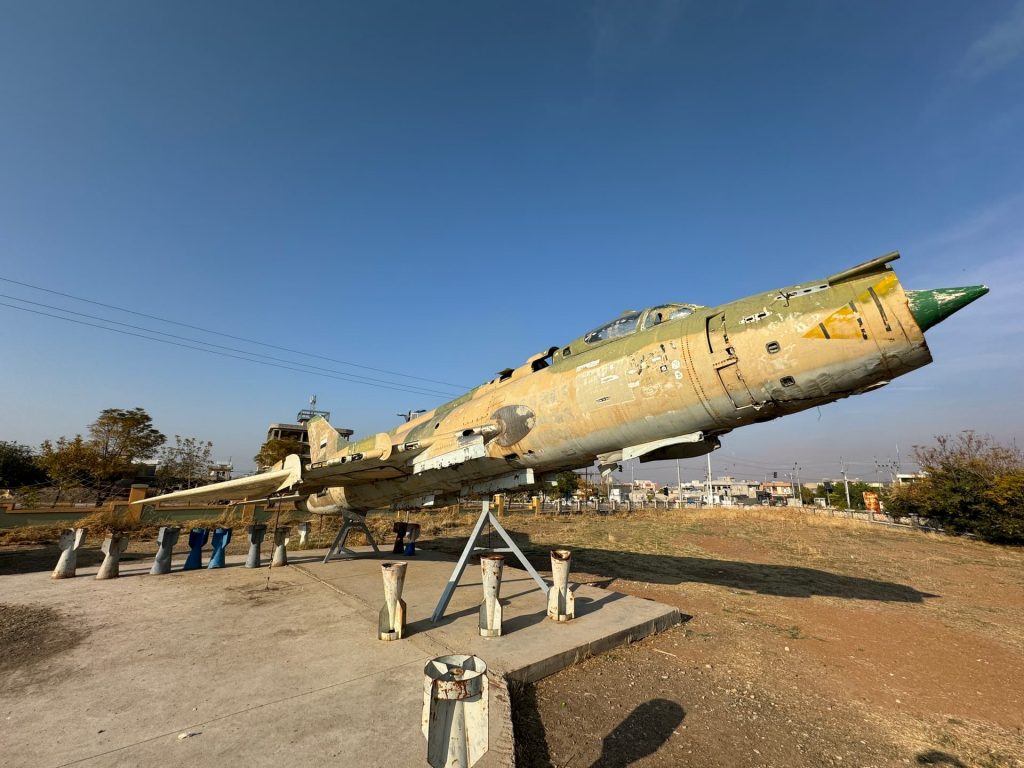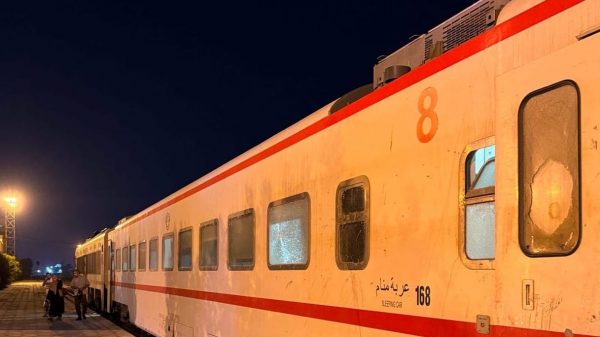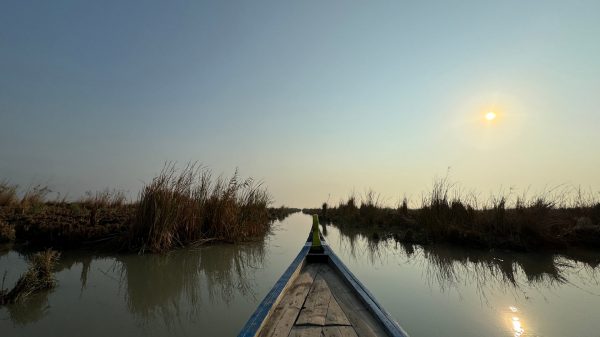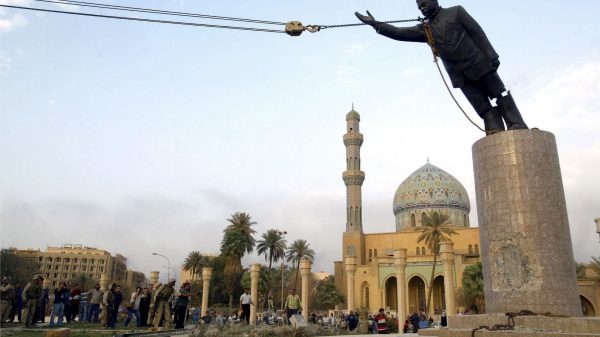THE IRAQI SERIES, DAY 14 & 15
ERBIL – SULAYMANIYAH
Saddam’s torture house, Erbil & Sulaymaniyah. Although strictly not a different country, Kurdistan is like a different world compared to the rest of Iraq!
Note for travellers: While often called “Saddam’s house” or the “scary house in Erbil,” the actual torture museum is in Sulaymaniyah—not Erbil. The site is officially known as Amna Suraka (The Red House), and it’s one of the most powerful historical sites in Iraqi Kurdistan.
WELCOME TO COUNTRY NUMBER 161
Its buildings, bright lights, and roads are a different level to what I have seen. From the moment we arrived, it was clear: Kurdistan operates by its own rhythm.
WHERE IS ERBIL?
Erbil
SWEET MARKET
Today turned out to be a day of walking, eating, drinking, and smoking our way through the city. People know Erbil for its vibrant markets, and visiting the sweet market first was probably not the best idea—we devoured everything from traditional pastries to sujuk (pistachios wrapped in sweet gelatinous layers). It sounds odd, but trust me it’s addictive.
After learning the Citadel was closed for restoration, we wandered down what can only be described as Shisha Street—a narrow alley packed with hookah bars. We sat with locals, shared stories, and smoked apple-flavored shisha. The more I travel, the more I realize: nothing beats real conversation with locals.
Saddam’s torture house, Erbil & Sulaymaniyah
DAILY INFO….
ERBIL
- HOTEL – Bashqal Hotel 6.5/10
- RESTOS – Kebab Yasien 9/10
- ATTRACTIONS –
Sweet market
Money market
Gun Market
Hookah street
Great Mosquet
DAILY INFO….
SULAYMANIYAH
- HOTEL – Bashqal Hotel 6.5/10
- ATTRACTIONS –
Redhouse
Iranian border
Halabja
Market walk
GUN MARKET
After learning the Citadel was closed for restoration, we wandered down what can only be described as Shisha Street—a narrow alley packed with hookah bars. We sat with locals, shared stories, and smoked apple-flavored shisha. The more I travel, the more I realize: nothing beats real conversation with locals.
And yes you must try shisha in Iraq. Even as a non-smoker, I couldn’t resist. Iraqi shisha is smoother, richer, and far more aromatic than anywhere else I’ve tried. (Though my “virgin lungs” definitely felt it the next morning!)
Saddam’s torture house, Erbil & Sulaymaniyah
Saddam’s torture house, Erbil & Sulaymaniyah
KEBAB YASIEN
To say the least, our driver Ali has an appetite, and when you travel with someone who needs to eat a lot frequently, then you need to do the same; I have surely added a few kilos.
I cannot remember the last time I was properly hungry; however, it turned out that stopping at the next restaurant was essential. I have tried a number of different meals throughout the Middle East, but I have never tasted kebab quite like this one. Tender beyond what I could have ever thought possible, and the flavour was just a different level.
I know when we hear Kebab in the west, it doesn’t sound the most appetising of meals, but trust me, if you ever come to Erbil you must put this place at the top of your list. Kebabs in the middle east are not like the kebabs in the West, the ones you can barely get into your mouth at 3 am.
Saddam’s torture house, Erbil & Sulaymaniyah
FLAG….
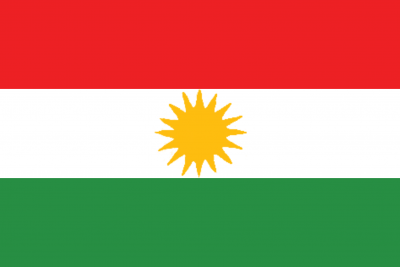
- THE STAR – Representing rebirth of an entity or the reincarnation of an idea.
- RED – Symbolizes the blood of those sacrificed in the Kurdish struggle for freedom.
- WHITE – Represents peace and equality.
- GREEN – The mountainous landscapes and serene waters connect the Kurdish nation.
WHERE IS SULAYMANIYAH?
Sulaymaniyah
DAY 15 – SADDAM’S TORTURE CHAMBER
Our first stop: Amna Suraka, also known as The Red House. This was the headquarters of Saddam’s intelligence service in northern Iraq—a detention and torture center for Kurdish rebels and civilians alike. The methods used here were barbaric, systematic, and designed to break the human spirit.
RELATED READ: A TOOTHACHE AND THE RWANDAN GENOCIDE
MUSEUM
We first had a walk around the museum, which showed how Saddam treated the Kurds. Not only did Saddam treat them like second-class citizens because they were a minority, but he also accused them of colluding with Iran, which was true but only because the Iranians treated them as human beings.
There are images of each of the Kurdish rebels that died during the fight, men, women and kids. Mostly probably joining because they knew someone who was killed, which is often the case; kill a soldier and you create 10.
ABOUT THE COUNTRY – KURDISTAN:
- LANGUAGE -Kurdish
- HELLO – Chony bashy
- HOW TO CHEERS – Badenoş
- BEVERAGE OF CHOICE -tea
- POPULAR SPORT – soccer, wrestling, hunting and shooting
- STAPLE DIET – dolma (vegetables stuffed in grape leaves)
ISIS
Like a lot of this region ISIS also played a part as they looked to take control of huge areas of the Middle East. Stamp seals that were used by ISIS were on display. Official documentation that was stamped helped create an identity and legitimise their governance. A knife recovered from one of the fighters was also on display.
PRISON ROOMS
As you would expect, cells were small, cramped and with just a hole in the ground for the toilet. Guards often confined prisoners to just 1 square metre with a basic blanket to lay on.
Technicians plastered microphones into the walls of some of these rooms so guards could listen to the conversations between inmates.
Conditions in solitary confinement were even worse. A tiny concrete box with a hole in the floor and barely enough room to lay flat. I could not imagine kipping here for 24hours, let alone weeks at a time.
Conditions in solitary confinement were even worse. A tiny concrete box with a hole in the floor and barely enough room to lay flat. I could not imagine kipping here for 24hours, let alone weeks at a time.
PSYCHOLOGICAL TORTURE
Guards often handcuffed new inmates to the wall for several hours at a time, with passing guards putting their cigarettes out on their back or kicking and punching them as they passed. Guards used a number of these psychological techniques to immediately disrupt their morale before much worse physical abuse followed.
CHEMICAL ALI’S TORTURE ROOMS
The Redhouse was probably most famous for its horrendous torture techniques. Guards hung inmates by their hands tied behind their back in several rooms. I couldn’t imagine the pain! Guards would have fixed electrical wires to their ears and hung weights from their groin in rooms cladded with wood to ensure the sound doesn’t travel to the other prisoners.
The infamous Chemical Ali oversaw much of this and often preferred to sit in the interrogation rooms and ask the questions himself. This man would go on to be sentenced to death for his role in the Halabja massacre which happened not far from here.
IRANIAN BORDER
In 2009, 3 American tourists were hiking through the highlands of eastern Kurdistan until they unknowingly crossed the border and were swiftly arrested and charged with espionage. It would be two years before they were released. I wanted to check out that border. 🙂
Unfortunately, I was approached by two guards who said foreigners couldn’t pass, for the exact reason mentioned above. Even staying on the Iraq side was a danger as the Iranian military had been known to cross the border and initiate tourists on the Iraqi side.
HALABJA
In March 1988, Chemical Ali ordered the dropping of chemical weapons on the small town of Halabja. 5,000 people would die instantly and with soaring cancer rates and birth defects, many more would feel the effects for years to come. It would be known and still is, as the world’s worst chemical attack.
The museum set the exhibit underneath a memorial, showing challenging images taken after the massacre, along with the names of each person who died. Many items have been recovered and are on display; vehicles, clothes, tanks and what I couldn’t believe, one of the aircraft that was used to drop the weapons.
It’s places like this that show the true nature of Saddam.
Saddam’s torture house, Erbil & Sulaymaniyah
TODAY’S YOUTUBE VIDEOS
Want to see Amna Suraka or Halabja through my lens? Check out today’s YouTube videos below.
FINAL THOUGHTS
Like any city in Iraq, I expected a lot but Erbil could well be a favourite. The food, the people and the traffic were much different to that from federal Iraq.
Sulaymaniyah, although it didn’t hit the heights of Erbil had some of my favourite attractions in the Redhouse and Halabja. You don’t need to go far to see what the Kurds have gone through.
FAQs
- Where is Saddam’s torture house actually located?
Despite often being called “Saddam’s house in Erbil,” the torture house—Amna Suraka (The Red House)—is in Sulaymaniyah, not Erbil. It served as the northern headquarters of Saddam’s intelligence service. - What makes Amna Suraka a significant historical site?
It was a detention and torture centre where Kurds, including children, were imprisoned and abused under Saddam’s regime. Today, it stands as a museum memorialising Kurdish suffering and resistance. - What can visitors expect to see at the Red House museum?
Exhibits include original prison cells, torture chambers, artefacts from the Halabja chemical attack, and ISIS-era items. Handwritten messages from young inmates and displays of psychological torture are also featured.
SAFE TRAVELS, DS x
161/229
NEXT UP
A long trip to Basra for my final days and some football!! Click to read.
This post is part of The Iraqi Series, for the entire series click here or for episode 1, click here.
To see a different side of my trip head to my social channels; YouTube, Instagram & TikTok. Links at top of the page.

Question Time
- Would you prefer Iraq or Kurdistan?
- Do you enjoy trying street food?
- Are you shocked at what the people have gone through here?
Let me know in the comments below . . .














